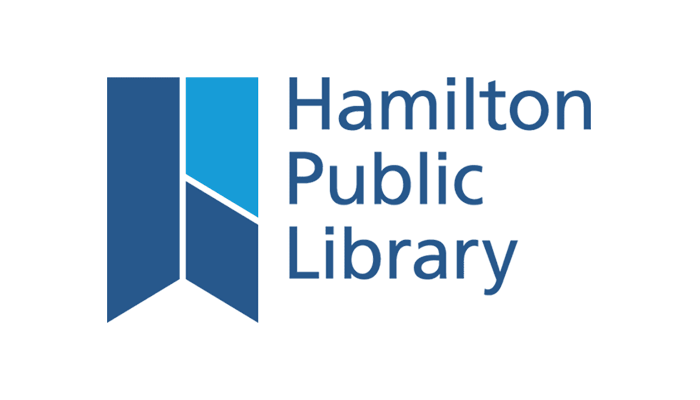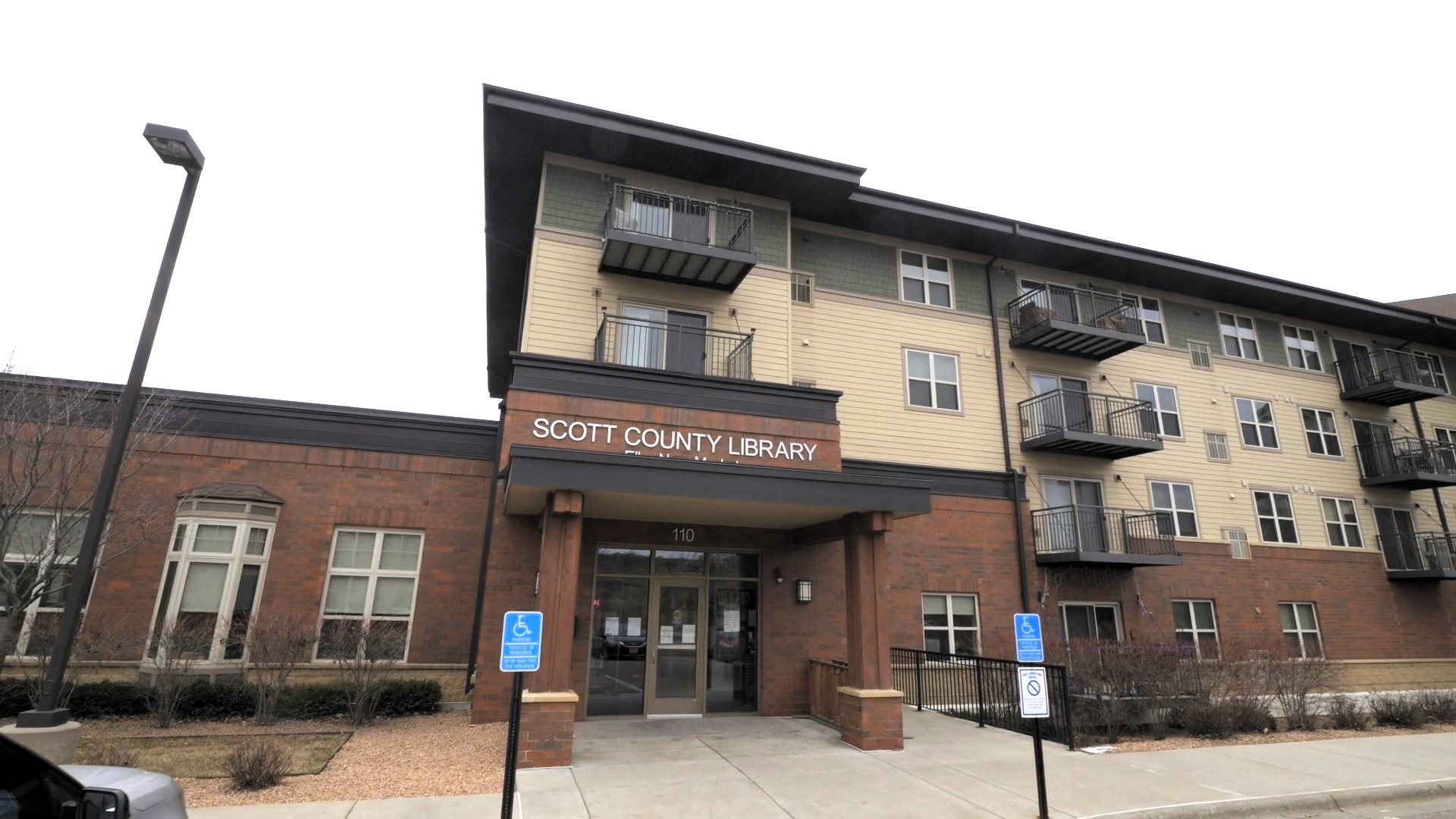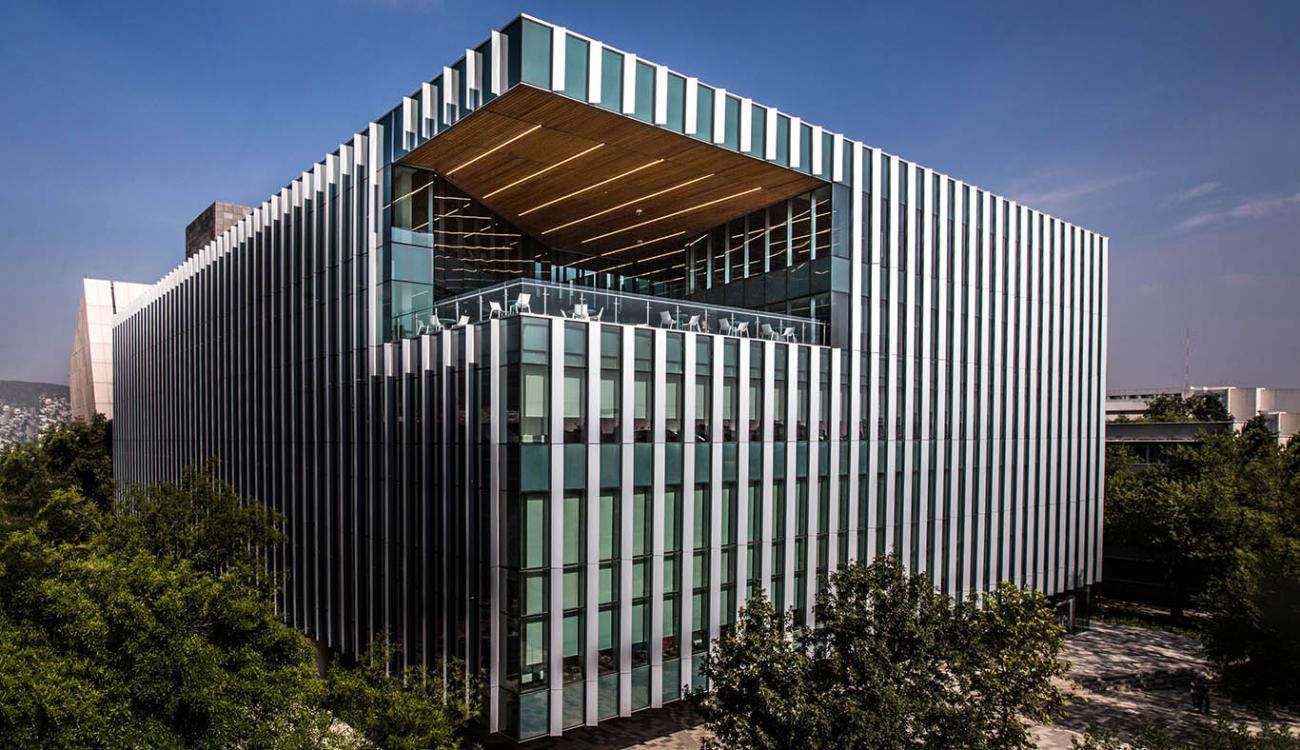Using open+ access to provide equitable access to rural communities.

Challenge
Solution
Result
Hamilton Public Library: providing equitable access for rural communities with open+ access
Hamilton, Ontario is a Canadian port city on the westernmost tip of Lake Ontario. Part of the Golden Horseshoe, Hamilton is among the largest cities in Ontario, and home to 700,000 residents. The Hamilton Public Library operates 22 branches across 439 square miles.
Limited hours = limited use and impact
Like many large library systems, Hamilton Public Library operates branches in urban, suburban, and rural communities. Though large branches in the heart of the city serve tens of thousands of customers, the smaller rural library branches serve just a fraction of that number. Freelton, the northernmost branch in the system, serves a community of just 2,500. Maintaining a branch that serves such a small percentage of the population is challenging.
“In the past, in order to manage resources, we’ve had to offer very limited hours to our rural library branches. Freelton, like many of the rural branches, was only open 17 hours a week,” says Paul Takala, Chief Librarian and CEO.
The Freelton branch was open from 2 pm to 5 pm a few days a week and from 4 pm to 8 pm on other days. The restricted hours were not always convenient for the community and left valuable resources of collections, computers and space, idle for most hours of the day.
open+ equals open doors
In the fall of 2017, in an effort to extend the Freelton’s hours and better serve the needs of the community, Hamilton decided to pilot Bibliotheca’s open+ access.
The open+ access solution allows libraries to easily control building access, security + automation through one efficient central management hub. It integrates seamlessly with existing ILS and library solutions and enables libraries to easily configure open hours, monitor library activity, control PA announcements and more.
Before open+ could be implemented, the branch had to be slightly updated. Freelton was outfitted with a selfCheck 1000 as well as security gates – a new addition to the small library. Clear delineations were made between public areas and staff areas. Working with both Bibliotheca and the library’s independent security team, Hamilton defined the specifications and locations for their security cameras – ensuring that no corner of the library was hidden from view.
Once the technology was in place, Hamilton opened up registration for the new library service.
“We developed a terms and conditions form similar to the one we use for our maker spaces. We wanted people to understand that if they wanted to take advantage of this service, there were certain responsibilities they’d need to uphold,” says Dawna Wark, Branch Manager, Freelton and Waterdown Branch.
The digital technology team augmented the ILS to allow customers to opt into the service. Once the permissions were granted, customers could use their library card to access the branch during extended hours.
“For new customers, the opt-in just became part of the pre-registration piece. Opting-in requires a staff member to go into the account and update permissions, but it is an important part of the process for the library board. It establishes a higher level of accountability – something more specific than just having a library card,” says Sherry Fahim, Director of Digital Technology and Creation.
Risk mitigation played a critical role in getting buy-in from the library board and staff. In addition to requiring customers to register to use the extended hours service, Hamilton also did a full risk assessment looking for preemptive solutions to all possible risk scenarios. They installed additional uninterrupted power sources to provide electricity in the event of a power failure. They even installed mechanisms that notify the Central branch to send help if someone remains in the restroom for longer than would be expected.
Make no mistake, this is not a staffless library
Takala is quick to point out that though open+ access allows the Freelton branch to offer extended hours without staff onsite, the library is not, and never will be, staffless.
“Freelton is now open 60 hours a week. Some of those hours we have staff present; other hours we offer remote support.”
The library uses a video phone line connected to the central branch to provide support for Freelton customers during the extended hours. The video phone connects the branch to two different locations within the central library to ensure that there is always someone on the other end of the line. The remote support staff document every call they receive. Even so, the phone rarely rings.
“We’ve had minimal calls since we launched the pilot,” says Fahim. “We experienced disruption as a result of a community-wide fiber failure – utterly outside of our control. And received a call from a customer looking to unlock DVD cases. We took that information and provided better signage to help customers find the unlocking station.”
Though the community was initially concerned that the new technology would cause library staff to lose their jobs, Takala says the opposite is true.
“The library board made a commitment that we are not going to use this model to decrease staffing hours and that we will never open a day unless staff can be there for part of that day to make sure that everything is in good shape and holds are being processed. Before open+, Freelton was staffed 17 hours a week. Now it is staffed 24, so staff hours have actually increased.”
Library usage up 19% in just five months
The Freelton library branch is now accessible to customers from 9 am to 8 pm Monday through Thursday and 9 am to 5 pm Friday and Saturday. When staff arrive in the afternoon, they find customers already inside the library using the computers, taking advantage of the area’s most reliable Wi-Fi, or browsing for books.
In the first five months, Freelton’s usage was up 19%. A year later, library use had increased by a stunning 100%. Circulation has increased, and both the gate count and computer use are up almost 50%. Interestingly, the library isn’t just being used more during extended hours. Program attendance at Freelton is up 300% as well. In short, the library is more accessible and therefore, the community is more engaged.
“We’ve had to close a number of rural branches in the last 15 years. But if we can increase a branch’s use to the community in a fiscally responsible way, it becomes an antidote to having to shut them. In fact, it provides the opportunity to look at opening new branches because the equation is now very different,” says Takala.
Enthusiasm for open+ is wide-spread throughout the city council. Takala explains, “It’s a story even the urban councilors can get behind, though it isn’t being used in their areas. They see the library continuing the journey of innovation and providing community value. Furthermore, we’re all working with one library budget – if we spend wisely in one library there is more to go around.”
Expanding extended access: the future of open+ and Hamilton Public Library
Hamilton Public Library delivered a report on their open+ pilot to the board in April 2019. In short, it stated that the project was a massive success. Building on the success of open+ at Freelton, Hamilton Public Library has implemented the service at the Lynden branch, which also serves a rural community.
Additionally, the library has nearly completed construction of a new branch in Greensville. The library will be housed in a complex with a primary school and a community room, and will include extensive outdoor spaces, making it a hub for the rural community. From the very beginning, the new building has been designed with open+ in mind. Takala and his team envision families coming to school at the end of the day and dropping by the library to browse or use the Wi-Fi.
Though Hamilton’s priority is making sure that all their rural branches offer convenient access, Takala sees a future for open+ in other models as well. He’d like to offer late evening extended hours in urban libraries so that they can be used as a study hall for local students.
“Right now, our extended hours end when the central branch closes. As we move forward, we can keep a small remote support team working until midnight to allow study halls to remain open. I can see the library becoming an important part of the high school homework routine as access expands.”
Hamilton was the first Canadian library to launch open+ and Takala has advice for libraries looking to follow in their footsteps.
“The most important thing about the process is trust. We had to make sure all the pieces were in place before we opened. The board’s reassurances that they were using this to expand access and not reduce staffing went a long way as well,” he says. “We had to go the extra mile because we were the first. As more people begin to do this it will only become easier. My opinion is that there is a huge opportunity for replication of this elsewhere and we’ll certainly be doing that. open+ puts the keys back in the hands of the community – the people who are funding the library in the first place.”
You may also like
Insights + Trends

Scott County Library: Transforming access with open+
Boosting Access: Scott County Libraries Extend Hours and Services for Community

Bibliotheca to unveil selfCheck 3000 and showcase ecosystem at PLA 2024
Discover Bibliotheca’s latest library solutions at the PLA Conference in Columbus, OH, on April 3-5, 2024. Explore our fully integrated library ecosystem and innovative new offerings designed to enhance your library experience. Join us at the event to see how Bibliotheca is shaping the future of libraries.

Monterrey Tec Library: Transforming Education Through Technology
Discover how the Monterrey Tec Library, Mexico City campus, has evolved into a center of innovation and collaborative learning. With advanced technologies and a wide range of resources, it has become a vital space for students, professors, and researchers.

